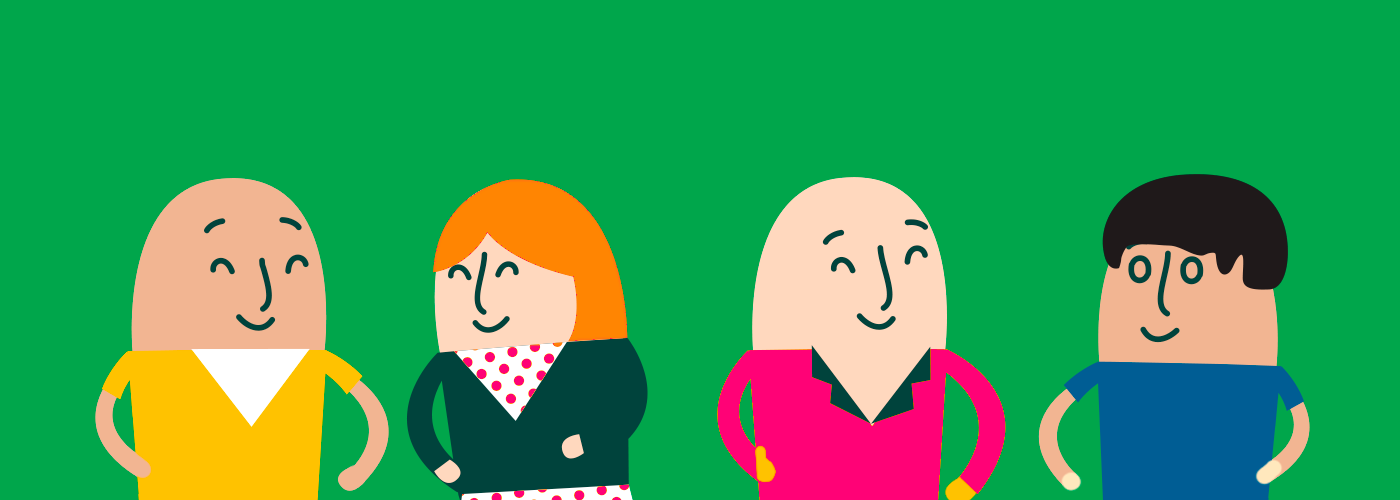Empowering Employees to Do More is the Key to CX Excellence

Sometimes it’s useful to step back and look at anecdotal evidence of what companies do to differentiate at CX. The companies below put CX at the heart of their strategy, below we see a clear pattern of employees being enabled or empowered to go the extra mile and this is a common thread in all of these examples of customer experience.
Zappos
A great example of a company showering customers with this of this extra bit of delight is from Zappos. Zappos’ shipping and FAQ pages say that orders will arrive in 2-3 business days, but without telling customers, Zappos automatically upgrades every shipment to priority (overnight) shipping. Customers are then very pleasantly surprised when their orders arrive earlier than anticipated. Gestures like this one from businesses drive brand loyalty and while not necessary, is an example of surpassing customer expectations to be really great CX. That being said, Zappos’ number one core value is to “WOW” through service, which may be a stretch for most businesses, but injecting small “wows” into your customer experience programme can still deliver really great returns and results.
Zappos is well known for its “Customer Loyalty Team” of about 600 employees who field 10,000 customer interactions per day. The team members are empowered to take as long as they need on a call (the record being over 10 hours) to help the customer. They aim to create great experiences simply by listening to what the customer has to say. They want their customers to feel that they are having experiences rather than interactions and while 80% of calls are handled in fewer than 20 seconds, many facilitate fruitful conversations indicating to customers that this is a brand that prioritises kindness and thoughtfulness over a rush for efficiency.
Whole Foods
The brand promise of Whole Foods centres on delivering an exceptional experience and this is why people are willing to pay more. Unlike traditional customer service at grocery stores, whereby if you ask a staff member for the location of an item they just regurgitate an aisle number back to you and go back to what they were doing, Whole Foods takes a wholly different approach. Rather than telling you an aisle number or giving you directions, Whole Foods employees are directed to walk the customer directly to the item they are looking for. They are literally going the extra mile, probably thousands of miles a day when you add it all up for their customers. This is a great example of reducing customer effort and increasing the personalisation of the customer’s journey. Sometimes customers like a bit of handholding and this is a really nice method of doing that.
Umpqua Bank
Some industries aren’t exactly known for their great customer service. Utilities, banking and airlines come to mind, but Umpqua Bank in Oregon has done its best to serve its customers to the highest standard in a usually lacklustre industry. The bank’s employees undergo customer service training to rival that of the Ritz Carlton, which is synonymous with exemplary CX and employee training, and are encouraged to take action to help customers in need. One example that stands out is when an employee rushed to jumpstart an elderly man’s car at the drive-through banking station. Not only did this help the customer in question but it allowed for other customers to get their banking done faster and this is the kind of move encouraged by the bank’s management. Their mobile app also stands out for embracing “human digital banking” rather than artificial intelligence (AI), bringing the personal touch felt at their branches to their banking app.
JetBlue
JetBlue is an airline known for its uncommonly great customer service in an industry known to disappoint. Air travel is a category similar to utilities, where it can seem like it isn’t worth it to offer “dazzling” customer experiences because the customers will keep returning to the service out of necessity, even for airlines they swore they would never return to. JetBlue’s response to the general ridicule of CX in their industry was to standout and approach it with a different perspective to gain a significant competitive advantage. JetBlue aims to make its customers smile and does this with significant staff hiring and training that changes the dynamic and the approach between customers and employees. Their employees take a wholly different tone that is far friendlier than other airlines and they really aim to make passengers and customers happy to interact with them.
A notable example is when a customer tweeted that he was running late to his flight and was disappointed that he wouldn’t be able to pick up a Starbucks coffee before boarding. He arrived at his seat with a fresh Starbucks delivered to him after a social media team member from JetBlue had seen the tweet and was able to make his day. The story went viral on social media, another boon for JetBlue all for the cost of a cup of coffee.
Did you notice what these four examples of amazing CX had in common? Employee training was at the forefront of each success story. Each company gives its employees the power and autonomy to make decisions to improve individual customers’ interactions and experiences. And the marketing practically does itself, with customers tweeting and sharing their stories of amazing customer experience with friends. These companies profit from their exemplary CX with loyal customers who keep returning to spend more and new customers who want in on the unusual CX benefits.
